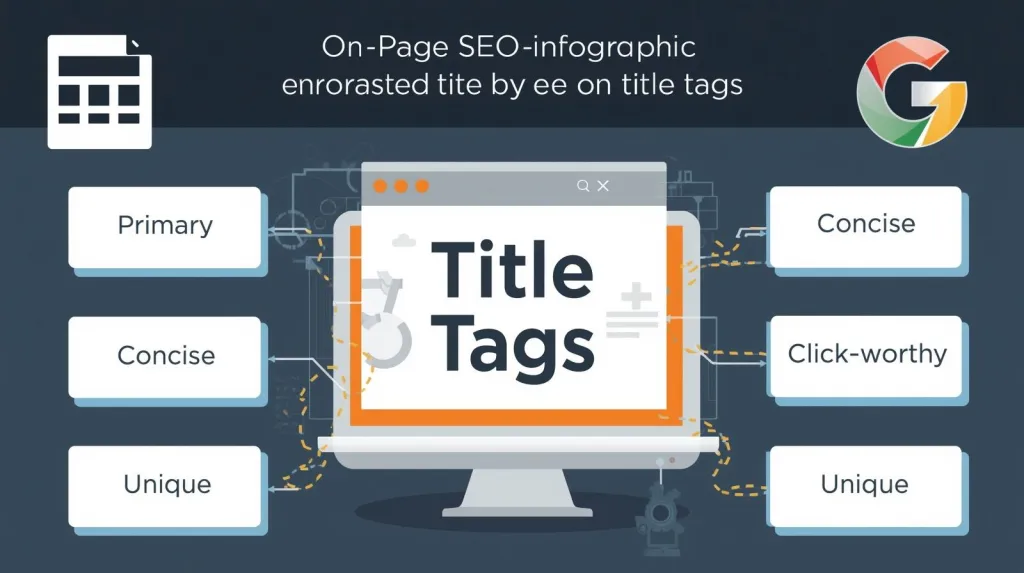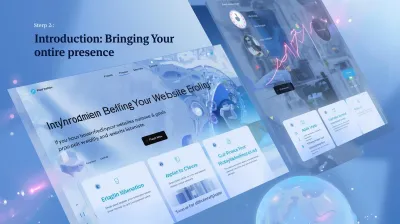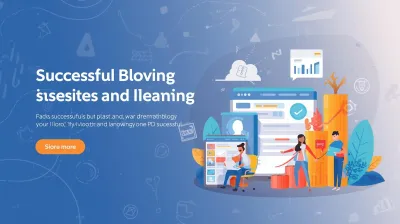Introduction: What is On-Page SEO and Why Does it Matter?
You've launched your website – congratulations! Now, how do you get people, and crucially, search engines like Google, to find it? While there are many facets to Search Engine Optimization (SEO), the absolute foundation starts with **On-Page SEO**.
On-Page SEO refers to the practice of optimizing individual web pages to rank higher and earn more relevant traffic in search engines. This involves optimizing elements *directly within your control* on the page itself, such as its content and HTML source code.
Getting On-Page SEO right tells Google exactly what your content is about, making it easier for the search engine to match your page with relevant user queries. For new websites, mastering these fundamentals is non-negotiable.
1. Compelling Title Tags (`<title>`)
The Title Tag is arguably the most important On-Page SEO element. It's the clickable headline shown in search results and the text that appears on browser tabs.
- Include Your Primary Keyword: Try to place your main target keyword, or a close variation, near the beginning of the title.
- Keep it Concise: Aim for under 60 characters so it doesn't get cut off in search results.
- Make it Click-Worthy: Write a title that accurately reflects the page content but also entices users to click. Think benefits or clear descriptions.
- Be Unique: Every page on your site should have a unique Title Tag.
(Your website likely generates these dynamically based on post/page titles, which is a great start!)
2. Informative Meta Descriptions (`<meta name="description">`)
The Meta Description is the short snippet of text appearing below the title in search results. While not a direct ranking factor, it heavily influences Click-Through Rate (CTR).
- Summarize the Page:** Clearly tell users what the page is about.
Include Keywords Naturally:** Search engines often bold matching keywords in the description.Write Compelling "Ad Copy":** Think of it as a mini-advertisement for your page. Why should someone click?Keep it Around 155-160 Characters:** Avoid truncation in search results. [cite_start]
(Your site seems to use excerpts for this, which is good practice. Ensure your excerpts are well-written!) [cite: 2633-2636]
3. Clear Header Tags (H1-H6)
Header tags (`<h1>`, `<h2>`, `<h3>`, etc.) structure your content, making it easier for both users and search engines to read and understand.
- Use One `<h1>` Tag:** This should be the main headline of your page, usually similar to your Title Tag. (Your theme likely does this correctly for post titles) [cite_start][cite: 541]
Use `<h2>`, `<h3>` for Subheadings:** Break down your content into logical sections and sub-sections.Incorporate Keywords Naturally:** Use relevant keywords in your headings where it makes sense, but prioritize clarity for the reader.Maintain Hierarchy:** Don't skip heading levels (e.g., don't go straight from an `<h2>` to an `<h4>`).
4. High-Quality, Keyword-Rich Content
Content is king! Your text needs to be valuable, engaging, and naturally incorporate the keywords you're targeting.
- Target User Intent:** Understand *why* someone is searching for your target keywords and create content that directly answers their question or solves their problem.
Use Keywords Naturally:** Mention your primary keyword and related terms (synonyms, LSI keywords) throughout the text, especially in the introduction and conclusion, but avoid stuffing. Readability comes first.Aim for Depth:** Longer, more comprehensive content often ranks better for competitive terms, provided it offers real value.Keep it Readable:** Use short paragraphs, bullet points, bold text, and images to break up the text.
5. Descriptive Image Alt Text
Search engines can't "see" images like humans do. Alt text (alternative text) is an HTML attribute added to image tags (`<img>`) to describe the image's content.
- Be Descriptive:** Accurately describe what's in the image.
Include Keywords (If Natural):** If the image directly relates to your target keyword, include it, but don't force it.Keep it Concise:** Aim for brief but informative descriptions.Accessibility:** Alt text is crucial for visually impaired users using screen readers.
(This is an area identified for potential improvement on your site – ensure alt text is meaningful).
6. Strategic Internal Linking
Internal links are links that point from one page on your website to another page on the *same* website.
- Improve Navigation:** Helps users discover more of your content.
Distribute "Link Equity":** Passes ranking power between your pages.Help Search Engines Crawl:** Allows Googlebot to find and index more of your pages.Establish Context:** Shows search engines the relationship between different pieces of content.
How to do it:** When writing content, link relevant keywords or phrases to other relevant articles or pages on your site using descriptive anchor text (the clickable text part of the link).
7. Clean and Descriptive URLs
Your URL structure should be simple, logical, and easy to understand.
- Keep them Short & Sweet:** Shorter URLs are generally preferred.
Include Keywords:** Use your primary keyword in the URL slug.Use Hyphens:** Separate words with hyphens (`-`), not underscores (`_`).Be Descriptive:** The URL should give users and search engines an idea of what the page is about. [cite_start]
(Your website utilizes clean URLs via `.htaccess`, which is excellent SEO practice!) [cite: 708-710]
Conclusion: Build a Strong Foundation
On-Page SEO is the essential groundwork for getting your website noticed by search engines. By optimizing your title tags, meta descriptions, headings, content, images, internal links, and URLs, you provide clear signals to Google about your pages' topics and relevance.
While Off-Page SEO (like getting backlinks) is also important, mastering On-Page factors is the critical first step. Focus on creating valuable content and optimizing these elements consistently, and you'll build a solid foundation for better search engine rankings and increased organic traffic.






